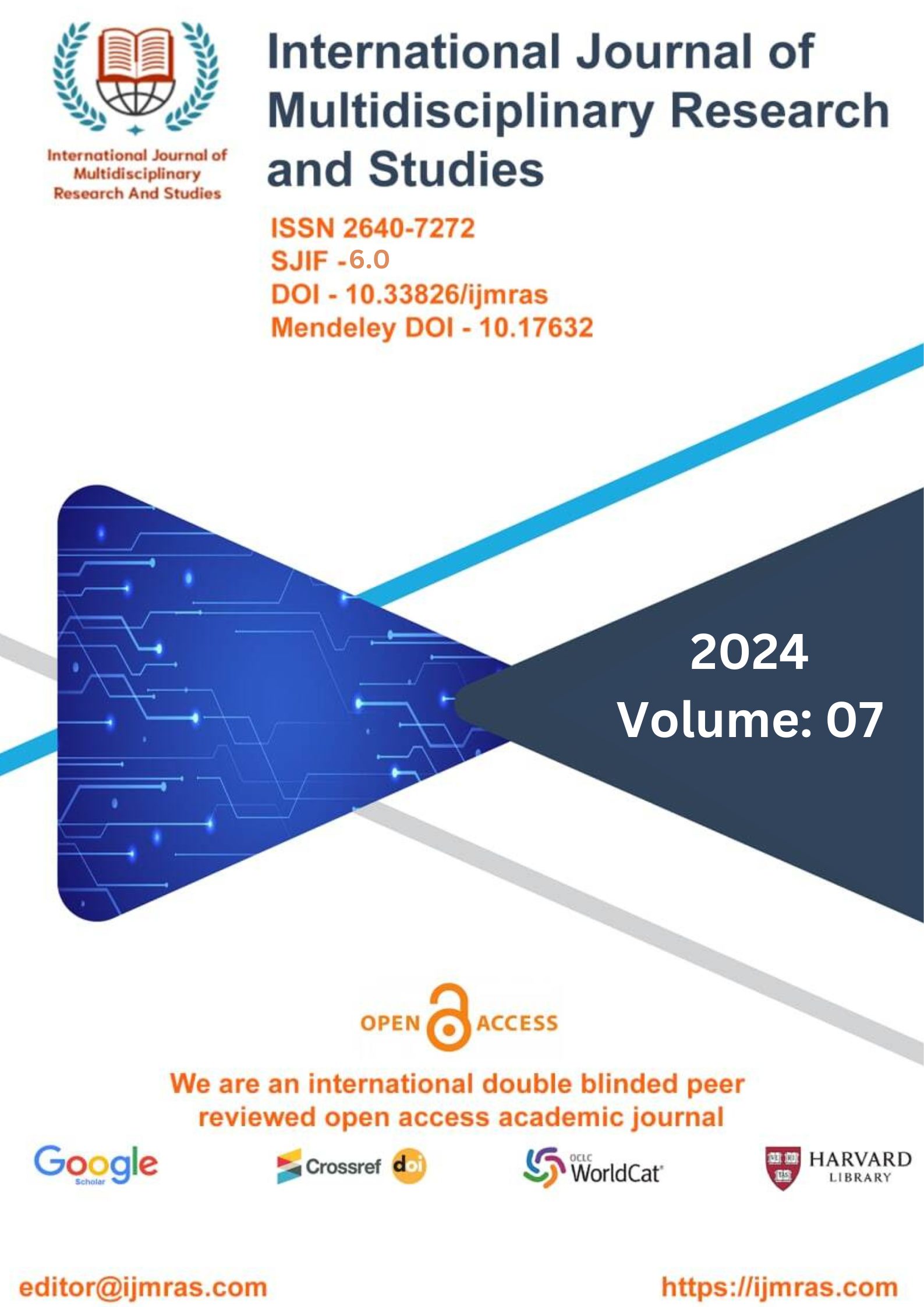Examining the guidelines and directives issued by the Chinese government for enlisting and aiding foreign students

Abstract
Increased national competition in the global economy boosts the need for highly qualified people within the context of globalisation. Higher education in particular has emerged as a potent source of national competitive advantage. IHE is a by-product of globalisation that has helped speed up the process of globalisation. As a result, IHE has become a nationally recognised leader in the expansion of higher education. China's reliance on globalisation increased as the country developed.
Internally and externally, the IHE plays a crucial role in China's economic growth, soft power in Asia, and links with the West.
Very few researches have focused on China's IHE and ISM, especially the inward ISM. The topic of this article is one I explore in my study of ISM in China. By combining national and institutional perspectives with the first-hand accounts of international students, this research offers the Chinese government, universities, and policy makers valuable information for improving the country's internal ISM policies.
Because of my studies, we can evaluate the ISM phenomenon in China in relation to the OECD countries, which have received far more attention. IHE and ISM in China may be evaluated by comparing it to the practises of more traditional host countries, such the West.
Keywords
Globalisation, Higher Education, Competitive AdvantageHow to Cite
References
Akhtar, N., Pratt, C. B., & Bo, S. (2015). Factors in the cross-cultural adaptation of African students in Chinese universities. Journal of Research in International Education, 14(2), 98-113. doi: 10.1177/1475240915592107
Altbach, P. G. (2009). One-third of the globe: The future of higher education in China and India. PROSPECTS, 39, 11-31. doi: 10.1007/s11125-009-9106-1
Baker, D. P. & LeTendre, G. K. (2005). The Global Environment of National School Systems. In D. P. Baker & G. K. LeTendre (Eds.), National Differences, Global Similarities: World Culture and the Future of Schooling (pp. 1-15). London: Oxford University Press.
Bian, Q. (2014). Exploration on the Management of International Students Studying in China. XUEYUAN, 2014, 13, 52. Retrieved from http://www.cnki.net
Brennan, J. (2008). Higher education and social change. High Education, 56, 381-393. doi: 10.1007/s10734-008-9126-4
Cheng, J. F. (2009). Study on the Trend of Inward International Student Mobility (1950- 2007). (Doctoral dissertation). Retrieved from http://www.cnki.net
China Scholarship Council. (2015). The introduction of Chinese Government Scholarship.
Retrieved from China Scholarship Council website: http://www.csc.edu.cn/Laihua/scholarshipdetail.aspx?cid=93&id=2058
China Education Center. (2016). The introduction of Project 985 and 211. Retrieved from China Education Center website: http://www.chinaeducenter.com/en/cedu/ceduproject211.php
Cohen, L., Manion, L., & Morrison, K. (2011). Research methods in education (7th ed.). London, England: Routledge-Falmer.
Domville-Roach, E. (2007). A Comparative of International Study of International and American Study Abroad Students’ Expectations and Experiences with Host Countries. (Doctoral dissertation). Available from ProQuest Information and Learning Company. (UMI NO. 3256787).
Egron-Polak, E. (2012). Internationalization of Higher Education: A Few Global Trends and Regional Perspectives. In C. T. Ennew, & D. Greenaway (Eds.), The Globalization of Higher Education (pp. 1-16). New York, NY: Palgrave Macmillan.
Ennew, C. T., & Greenaway, D. (2012). Introduction and Overview. In C. T. Ennew, & D. Greenaway (Eds.), The Globalization of Higher Education (pp. 1-16). New York, NY: Palgrave Macmillan.
Faculty of International Education in Southwestern University of Finance and Economics. (2015a). Introduction of the Faculty of International Education. Retrieved from Southwestern University of Finance and Economics website: http://international.swufe.edu.cn/
Flynn, S. (2011). Making Meaning from Acculturative Stress: Chinese International Students’ Experiences. (Master’s thesis). Available from ProQuest UMI Dissertations Publishing. (UMI NO. NR91109).
Gurria, A. (2006). Higher education: quality, equity and efficiency. Speech at the Meeting of OECD Education Ministers, Athens, Greece.
Guruz, K. (2011). Higher education and international student mobility in the global knowledge. Albany: State University of New York Press.
Hanban. (2016). The introduction of Confucius Institute. Retrieved from Hanban website: http://english.hanban.org/
Institute for International Education (2013). Open Doors Report on International Educational Exchange. Retrieved from http://www.iie.org/Who-We-Are/News- and-Events/Press-Center/Press-releases/2013/2013-11-11-Open-Doors-Data
Knight, J. (1994). Internationalization: Elements and checkpoints (Research Monograph, NO. 7). Ottawa, Canada: Canadian bureau for International Education.
Knight, J. (2004). Internationalization remodeled: Definition, approaches, and rationales.
Journal of studies in international education, 8(1), 5-31. doi: 10.1177/1028315303260832
Meng, R. (2015). Research on the construction of college employment services system of international students in China. Higher Education Forum, 8(8), 127-129.
Retrieved from http://www.cnki.net
Ministry of Education of the People’s Republic of China. (1981). Regulations of the People’s Republic of China on academic degrees. Retrieved from Ministry of Education of the People’s Republic of China website: http://www.moe.edu.cn/
License
Copyright (c) 2024 CHENG LE, DR. NIDHI AGARWAL

This work is licensed under a Creative Commons Attribution 4.0 International License.
Individual articles are published Open Access under the Creative Commons Licence: CC-BY 4.0.



